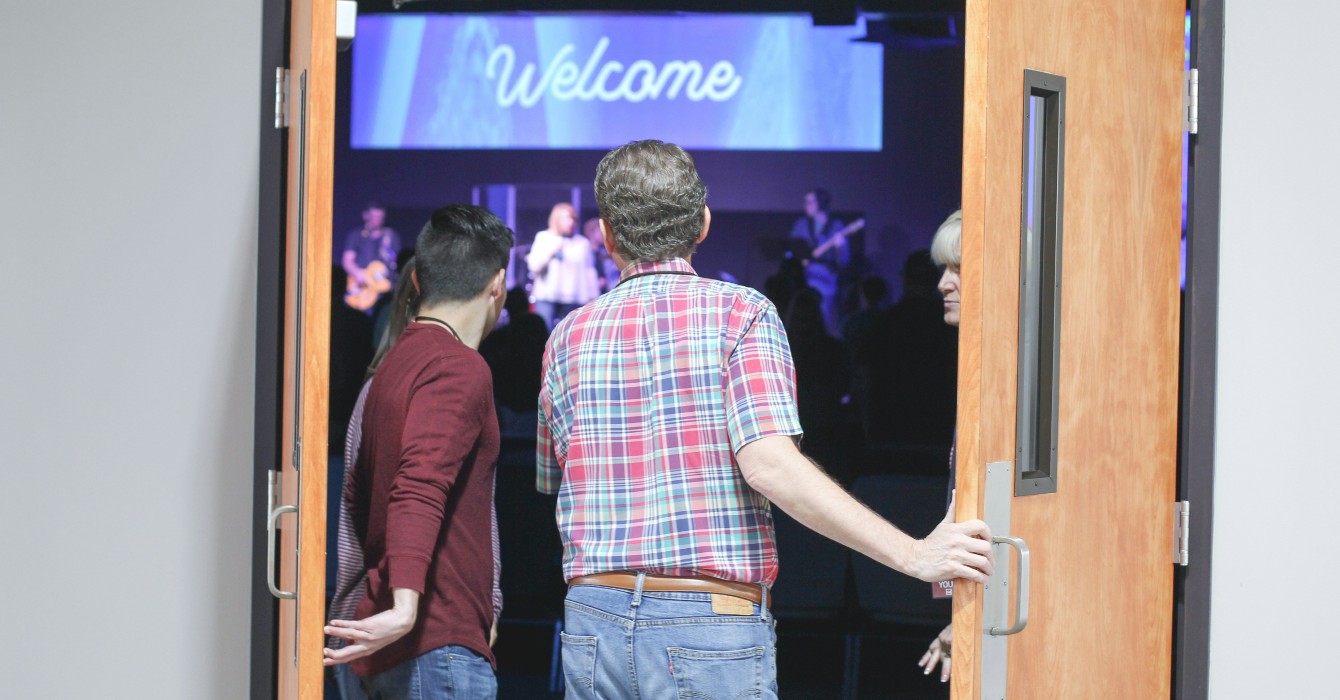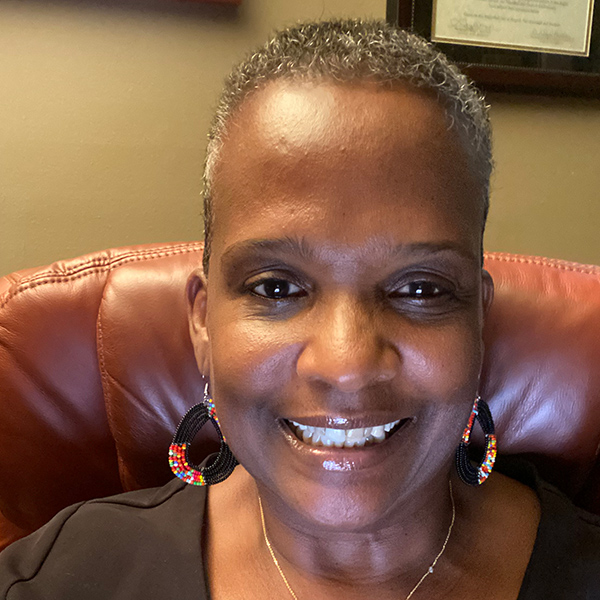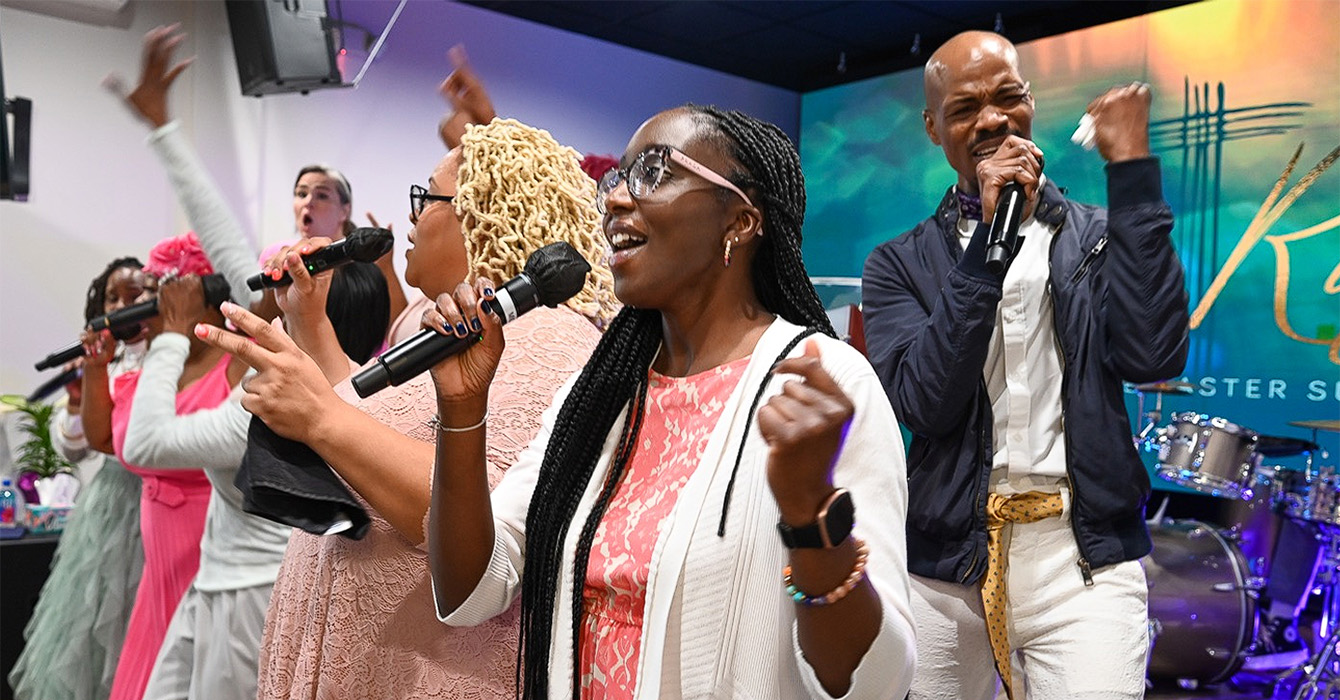As congregations across the United States make plans for the reopening of church buildings and a return to in-person worship, whenever that may happen, our attention has quite rightly been focused on how we will keep people safe when they come through our doors.
I am serving on a diocesan task force on church reopening and am finding that the challenges involved can be overwhelmingly complex. How will we ensure that people will abide by social distancing requirements, especially as they arrive and depart our sanctuaries? Which surfaces will need to be sanitized, and how often? Will mask wearing be required in our buildings, and if so, who will enforce that?
What platform will we use so people can make reservations for less-than-full-capacity seating in worship? How will we welcome visitors or newcomers who don’t have reservations? How will we maintain connection with a virtual community of higher-risk parishioners while lower-risk parishioners gather in person?
The draft of the guidelines addressing these questions already stretches beyond 20 single-spaced pages, and the task force has not yet finished its work.
The ways that congregations are adapting their lives together to the complexities of this time fascinate me. As I have written previously, the agility we have seen in congregational practices has been inspiring -- and it will need to be maintained into this next season.
In conversations with church leaders, I hear them worrying about another set of complex challenges of this time as well. A season at home has given our members, volunteers, donors and staffs an opportunity to reevaluate commitments. In assessing and reassessing their priorities, they’re finding that some of the causes to which they were giving time, effort, energy and money just months ago now seem decidedly less important. We might say that for some people, week upon week of physical distancing has led to an emotional distancing from the organizations -- including congregations -- they once held dear.
We see this kind of distancing reflected in recent Barna Group polling. (Whether you rely regularly on Barna research or never read their reports, their numbers here are worth noting and comparing with your congregation’s numbers in the same categories.) In their survey of churchgoers, 48% indicated that in the last four weeks they had not attended online worship services.
While 40% said they had worshipped with their own churches online, roughly a quarter of those had also worshipped elsewhere, overlapping with the 23% overall who said they had streamed online worship offered by a church other than their own. At the same time, after an initial spike in attendance following the move to online-only worship, more than half of churches surveyed reported that online attendance had plateaued (29%) or declined (32%).
One pastor told me recently, “I feel incredible pressure to make online worship different each week to keep people coming back, but I am running out of creative energy. The novelty of online has definitely worn off for my people.”
All of this suggests that in addition to the practical preparation for a return to shared space, we will need to plan reengagement strategies for our members, staffs and donors, to reconnect them with our missions, ministries, visions and values -- an additional complication for congregational leaders wearied by the upheavals of church life in the last few months, along with weeks upon weeks of ministry by Zoom.
How might we develop these strategies without further taxing already-taxed people? I can imagine three ready invitations in our present context.
First, many churches have found themselves serving new constituencies during the months of the pandemic. For some congregations, these have been neighbors in need that we never knew before. For others, these have been hospital workers or first responders. For still more, these have been online worshippers who have joined from communities that are miles -- if not an ocean -- away.
Telling the story of whom you have served and how you have served during “coronatide” can remind your people of your community, your purpose and your mission. Furthermore, inviting your people to name those they have served during this time is a way of helping them name their own passions, their own ministries.
Second, for every congregation board that had identified their annual priorities and strategies in the first weeks of the year and for every church that had just put the final touches on a strategic plan, you now have the opportunity to revisit that work as an investment in reengagement. Though it may not feel like it, this is a gift to share conversations about “where from here.”
These conversations are a way of inviting our boards, members, staffs and donors to dream together about a new shared future -- one that may be difficult to imagine but is important to imagine all the same. When we invite people to picture the future, we are engaging them in an exercise of hope. And as they picture the future of the congregation, they are putting themselves, however subconsciously, into that future.
Third, as has been observed, we are confronting two true pandemics in these days. There are many forums where people are having new or renewed conversations about the shape of racial justice in this country, and there are distinct contributions that faith-based communities can make to these discussions.
For Christians, of course, racial justice is not primarily a political, economic or sociological concern; it is a theological and spiritual concern. Equipping our members to name the practical importance of their faith in their reach and work for an anti-racist world matters -- and we can do this now by inviting people to participate in racial equity trainings, book studies or frank Zoom conversations. Rooting our activism in our faith can renew our commitments to both.
Inviting people to reengage in congregational life through racial justice work has implications for the ways that we invite people to reengage around community and our strategic visions, too. The racial justice conversation may spur us to reexamine whom we have served during the COVID-19 pandemic and how we have served them. How have we practiced “power with” rather than “power over”?
Likewise, it may spur us to review our strategic planning goals for the year and years ahead. Do those goals name justice and anti-racist work as a concrete congregational commitment? If not, there is new work for us to do together. If so, what are our next steps in that shared work?
The COVID-19 pandemic has reshaped our congregational life, and will continue to do so. As we develop plans for reopening our buildings, we must also develop strategies for reengaging our congregations in our ministries. Neither process will be easy, but neither can be ignored. We cannot assume that just opening our doors will bring people back.













